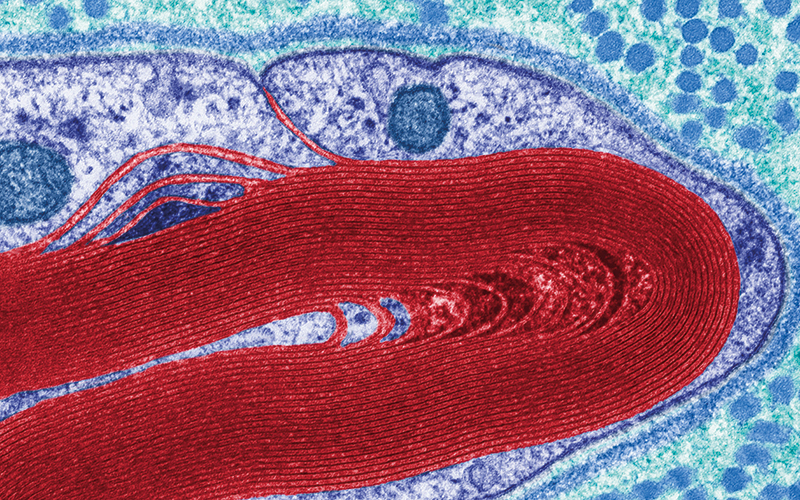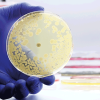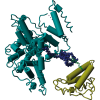Schwann cells are known to protect and repair nerve cells. Until now, however, it was not known that they themselves take over functions of certain immune cells during nerve healing.

For example, they produce signalling molecules that can activate other immune cells. They are able to stop inflammatory reactions in order to prevent excessive tissue damage and allow the nerve to regenerate.
“This is essential, because inflammation releases free radicals against which nerve fibres cannot protect themselves. Therefore, the inflammation must be cleared quickly, which is precisely what Schwann cells do,” explains Dr Sabine Taschner-Mandl, who designed the study.
After nerve injury, Schwann cells adopt a “repair” mode that is also found in benign infantile nerve tumours. There, it causes the tumour cells to mature and thus reach a stage where they lose their aggressive properties and no longer divide unchecked, stated the authors.
The study shows Schwann cells can influence T cells, which play an important role in the defence against cancer. Schwann cells – both those in nerve regeneration and those in benign tumours – carry MHC-I and MHC-II molecules on their surface that are important for T-cell regulation.
Image credit | Science-Photo-Library




